Sailing and photography share a unique bond, offering a visual narrative that captures the essence of adventure, freedom, and history. For those who appreciate the art of sailing culture, photography becomes a powerful medium to document and preserve its rich legacy. Whether it’s the majestic masts swaying in the breeze or the intricate details of a historic vessel, great sailing photography transcends mere documentation—it tells stories and evokes emotions. This guide delves into how photographers can harness the power of their lens to explore and celebrate the vibrant world of sailing culture, from mastering technical skills to crafting meaningful projects that resonate with audiences.
Best Ways to Photograph Sailing Culture
– Capture Iconic Locations: Focus on vibrant spots like the Bermuda Triangle, Greek Islands, or Australian coastline for unique vantage points.
– Engage with Local Communities: Visit harbors and marinas to connect with sailors and immerse yourself in authentic routines.
– Experiment with Angles: Use low-angle shots to highlight tall ships and dramatic sunsets.
– Time Your Shots Wisely: Shoot during golden hours for soft lighting and reflections.
– Focus on Details: Pay attention to intricate rigging, sails, and craftsmanship.
– Document Sailing Events: Capture the excitement of regattas, races, and festivals.
– Use a Tripod for Stability: Essential for steady shots, especially in rough conditions.
– Explore Different Perspectives: Try underwater shots or aerial views for unique marine landscapes.
– Collaborate with Sailors: Build relationships for insider access and cultural insights.
– Utilize Resources: Check platforms like Sailing Photo Awards for inspiration and tips.
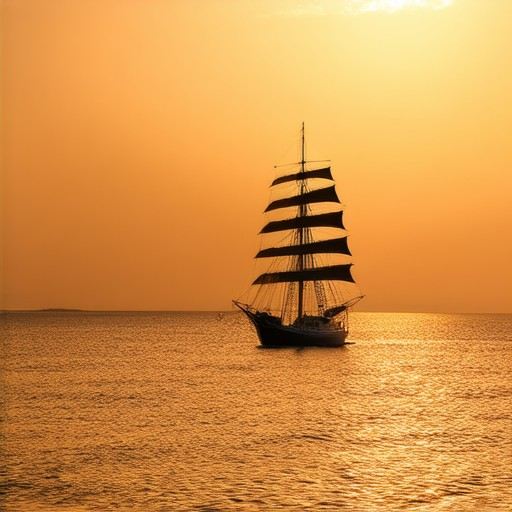
Sailing Culture Through Photography: A Comprehensive Guide
To capture the essence of sailing culture through photography, consider the following approach:
- Understand the Elements : Focus on capturing the boats, the ocean, and the people involved. Classic yachts, tall ships, and modern sailboats each offer unique perspectives. Include sailors, mariners, and lighthouse keepers to add a human element.
- Location Matters : Choose settings that reflect different aspects of sailing culture. For example, the Caribbean offers idyllic sunsets, while Norway provides dramatic coastal scenery.
- Lighting Techniques : Utilize golden hours for warm, inviting shots and dramatic lighting to highlight the power of the sea. Consider shooting during sunrise or sunset to evoke a sense of journey.
- Composition Strategies : Experiment with composition techniques like leading lines, framing, and foreground elements to add depth. Capture movement, such as sails catching the wind or waves crashing against the boat.
- Low Angle Perspective : Shoot from a lower vantage point to gain unique angles, emphasizing the boat’s form and relationship with the ocean.
- Detail Focus : Highlight details like rigging, ropes, and boat hardware to showcase craftsmanship. These elements convey the effort and skill involved in sailing.
- Time Passing : Document the passage of time through the changing sky, capturing moments like sunrise or sunset to symbolize the transient nature of maritime life.
- Connection Between Boat and Sea : Show how the boat interacts with the water, whether in calm conditions or during a storm, to illustrate resilience and adaptability.
- People in the Frame : Include portraits of sailors or shots of crews working together to bring life and energy into your photos.
- Seasonal Variations : Explore the sea during different seasons to capture unique moods—calm summer days versus stormy winter mornings.
- Explore Hidden Gems : Visit lesser-known ports and secluded harbors to find untouched landscapes and authentic cultural remnants.
- Storytelling Through Photos : Each image should tell a small part of the sailing story—whether it’s the history of a ship, the journey taken, or the life aboard.
By thoughtfully incorporating these elements, you can create photographs that not only capture the beauty of sailing but also preserve its rich cultural heritage.
Top Tips for Photographing Sailing Culture
Photographing sailing culture requires a blend of creativity, technical skill, and an appreciation for the unique beauty of the sea. Here are our expert tips to capture stunning images of sailing culture:
- Choose the Right Time of Day: Early morning or late afternoon light provides soft, diffused lighting that enhances textures and colors in sails and the horizon. Avoid midday sun, which can cause harsh shadows.
- Utilize a Tripod: A tripod stabilizes your camera, allowing you to capture smooth shots of moving subjects like crew members or ships at sea. This is especially useful in rough conditions.
- Focus on Boat Interaction: Capture moments between crew members, such as hoisting sails or navigating the deck. These interactions bring life to your photos and tell the story behind the sailing culture.
- Explore Coastal Scenery: Don’t forget to frame your shots with dramatic coastal backgrounds. The interplay of land, sea, and sky creates visually striking compositions.
- Experiment with Angles: Try shooting from ground level, mid-air, or a low angle to add unique perspectives to your photos. Aerial shots can highlight the vastness of the ocean.
- Use Natural Light and Shadows: Letting natural light enhance textures and shapes while creating dynamic shadows can make your photos more engaging. Avoid using flash unless it adds value to the scene.
- Consider the Horizon: The horizon often serves as a powerful element in sailing photos. Use it to lead the viewer’s eye through the frame, emphasizing the scale and grandeur of the surroundings.
- Stay Patient and Observant: Sailing culture is alive with movement and activity. Wait for the perfect moment when everything aligns—whether it’s a sunset, a wave crest, or a crew member in action.
By applying these tips, you can create compelling and memorable images that celebrate the vibrant world of sailing culture. Explore more resources and inspiration on our website to elevate your photography skills further!
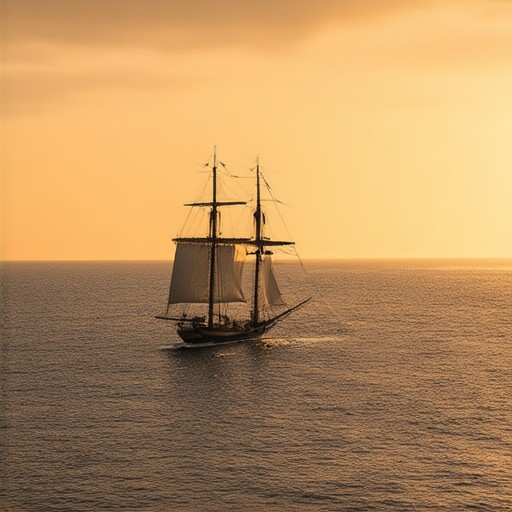
How to Merge Sailing Culture and Photography into a Meaningful Project
To create a meaningful project blending sailing culture and photography, consider the following structured approach:
- Define Your Vision : Clearly outline your objectives. Are you aiming to document a personal journey, capture the essence of sailing, or tell a story through your lens?
- Plan Your Route : Choose a destination or a series of stops that offer diverse sailing experiences and photo opportunities. Consider factors like weather, wildlife, and cultural landmarks.
- Capture the Journey : Use your camera to document every aspect of your trip—from the vast ocean stretches to the bustling harbors. Pay attention to details like boat rigging, sunsets, and local life.
- Tell a Story Through Photos : Go beyond mere snapshots. Compose shots that evoke emotions and convey the atmosphere of your surroundings. Consider the narrative each image tells and how they collectively form a story.
- Edit Thoughtfully : After capturing your photos, edit them to enhance color, contrast, and composition. Use software tools to bring out the uniqueness of your sailing experience.
- Share Your Work : Create a portfolio or blog post showcasing your photos and the story behind them. Include tips for aspiring photographers and insights into the sailing lifestyle.
- Engage the Community : Share your project on social media platforms or enter it into competitions like the Sailing Photo Awards to gain recognition and inspire others.
By combining these elements, you can create a project that not only captures the beauty of sailing but also preserves its cultural significance through photography.
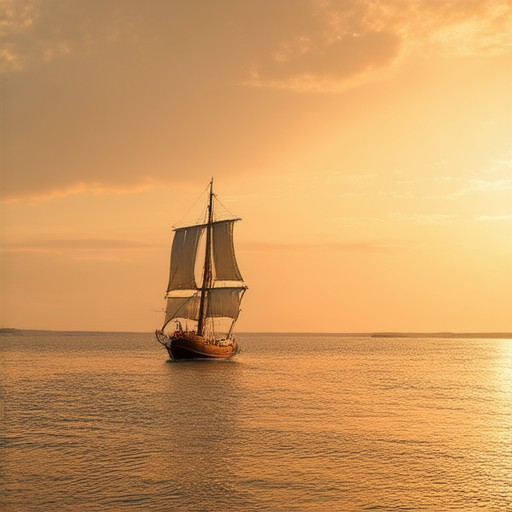
Best Ways to Photograph Sailing Culture
To capture the essence of sailing culture through photography, consider the following expert tips and strategies:
- Capture Iconic Locations : Sailors often gather at famous landmarks like the Bermuda Triangle, the Greek Islands, or the Australian coastline. These spots offer unique vantage points and vibrant boat displays.
- Engage with Local Communities : Visit harbors and marinas to interact with sailors and observe their daily routines. This fosters authentic connections and richer storytelling opportunities.
- Experiment with Angles : Use low-angle shots to emphasize the grandeur of tall ships or capture dramatic sunsets over the horizon.
- Time Your Shots Wisely : Shoot during golden hours for soft lighting that highlights the boats and their reflections on the water.
- Focus on Details : Pay attention to intricate details like rigging, sails, and the craftsmanship of classic yachts.
- Document Sailing Events : Attend regattas, races, or festivals to capture the excitement and energy of the event.
- Use a tripod for stability : Especially useful when shooting from moving vessels or in rough conditions.
- Explore Different Perspectives : Try underwater shots to showcase the unique world beneath the waves or aerial views from a helicopter for a broader landscape.
- Collaborate with Sailors : Build relationships with local sailors to gain insider access and understand the culture better.
- Utilize Resources : Check out platforms like Sailing Photo Awards for inspiration and tips from experienced photographers.
By combining these approaches, you can create compelling and memorable images that truly capture the spirit of sailing culture.
Sailing Culture Through Photography: A Comprehensive Guide
To capture the essence of sailing culture through photography, consider the following approach:
- Understand the Elements : Focus on capturing the boats, the ocean, and the people involved. Classic yachts, tall ships, and modern sailboats each offer unique perspectives. Include sailors, mariners, and lighthouse keepers to add a human element.
- Location Matters : Choose settings that reflect different aspects of sailing culture. For example, the Caribbean offers idyllic sunsets, while Norway provides dramatic coastal scenery.
- Lighting Techniques : Utilize golden hours for warm, inviting shots and dramatic lighting to highlight the power of the sea. Consider shooting during sunrise or sunset to evoke a sense of journey.
- Composition Strategies : Experiment with composition techniques like leading lines, framing, and foreground elements to add depth. Capture movement, such as sails catching the wind or waves crashing against the boat.
- Low Angle Perspective : Shoot from a lower vantage point to gain unique angles, emphasizing the boat’s form and relationship with the ocean.
- Detail Focus : Highlight details like rigging, ropes, and boat hardware to showcase craftsmanship. These elements convey the effort and skill involved in sailing.
- Time Passing : Document the passage of time through the changing sky, capturing moments like sunrise or sunset to symbolize the transient nature of maritime life.
- Connection Between Boat and Sea : Show how the boat interacts with the water, whether in calm conditions or during a storm, to illustrate resilience and adaptability.
- People in the Frame : Include portraits of sailors or shots of crews working together to bring life and energy into your photos.
- Seasonal Variations : Explore the sea during different seasons to capture unique moods—calm summer days versus stormy winter mornings.
- Explore Hidden Gems : Visit lesser-known ports and secluded harbors to find untouched landscapes and authentic cultural remnants.
- Storytelling Through Photos : Each image should tell a small part of the sailing story—whether it’s the history of a ship, the journey taken, or the life aboard.
By thoughtfully incorporating these elements, you can create photographs that not only capture the beauty of sailing but also preserve its rich cultural heritage.
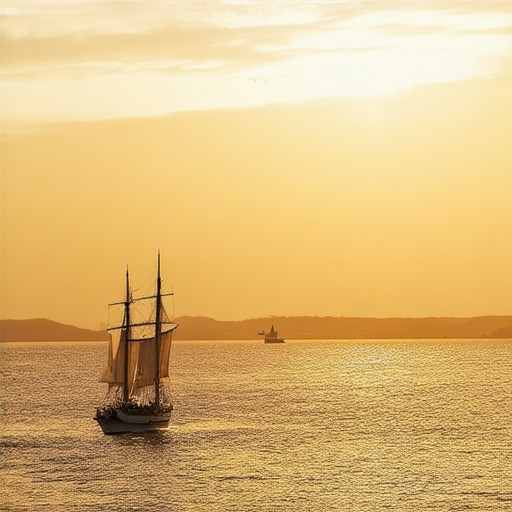
Sailing Culture Through Photography: A Comprehensive Guide
To capture the essence of sailing culture through photography, consider the following structured approach:
- Identify Key Elements of Sailing Culture: Focus on aspects like yachts, sailboats, rigging, sailors, harbors, lighthouses, and coastal towns. Capture the lifestyle, history, and traditions associated with sailing.
- Photography Styles to Employ: – Documentary Photography:** Highlight real-life moments, races, fishing expeditions, and cruising adventures. – Artistic Photography:** Use abstract compositions and expressive techniques to convey emotions and themes. – Portrait Photography:** Feature sailors, boat builders, and maritime personalities to bring their stories to life.
- Consider Location and Lighting: Choose settings with dramatic skylines, classic lighthouses, or vibrant sunsets. Utilize golden hour lighting for warmth and create silhouette shots at sunset for added drama.
- Master Composition Techniques: – Incorporate leading lines (e.g., masts, rigging) to guide the viewer’s eye. – Use symmetry, such as aligning ships neatly in port. – Include human elements or boats to add life to the scene.
- Tell a Story Through Each Shot: Capture moments that reflect the adventure, teamwork, and resilience of sailors. Consider the narrative behind each image, whether it’s a solo sailor at dawn or a crew celebrating a victory.
- Incorporate Cultural and Historical Elements: Include flags, ship names, local landmarks, and interactions between land and sea to add depth and context to your photos.
- Technical Considerations: Use a tripod for stability, experiment with angles (low-angle from a boat or bird’s-eye view), and consider drone photography for unique perspectives.
- Evoke Emotional Resonance: Aim to capture feelings of freedom, adventure, and nostalgia. Connect with viewers on a deeper level by evoking emotions that transcend the visual appeal of the image.
- Edit Thoughtfully: Enhance colors and details while preserving the authenticity of the moment. Post-processing should complement, not overpower, the original shot.
By focusing on these elements, photographers can create compelling images that authentically reflect the spirit of sailing culture, resonating with enthusiasts and inspiring future explorers alike.
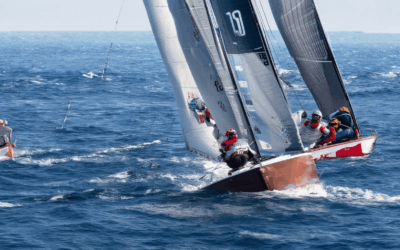
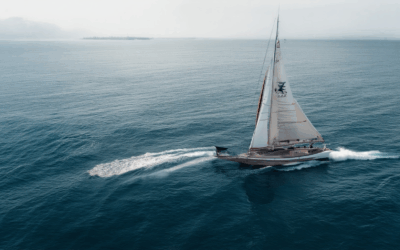
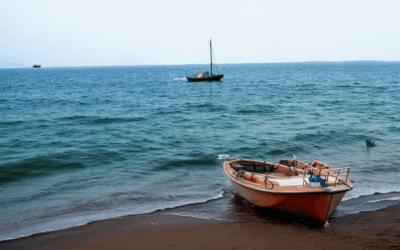
0 Comments